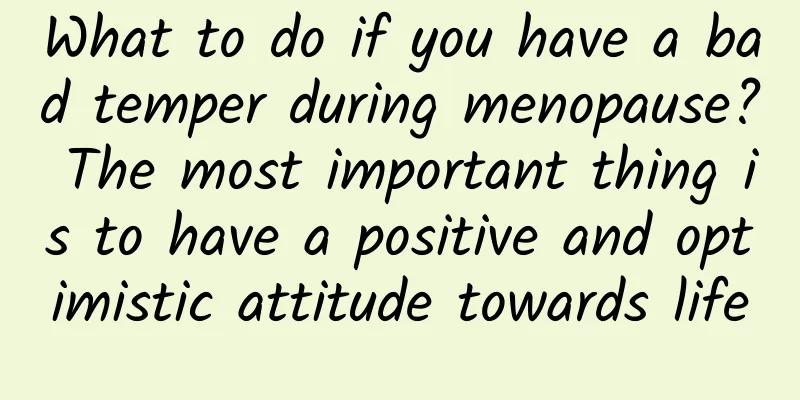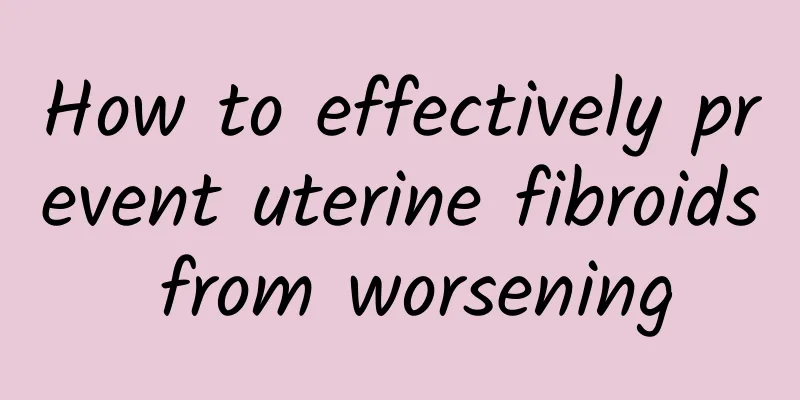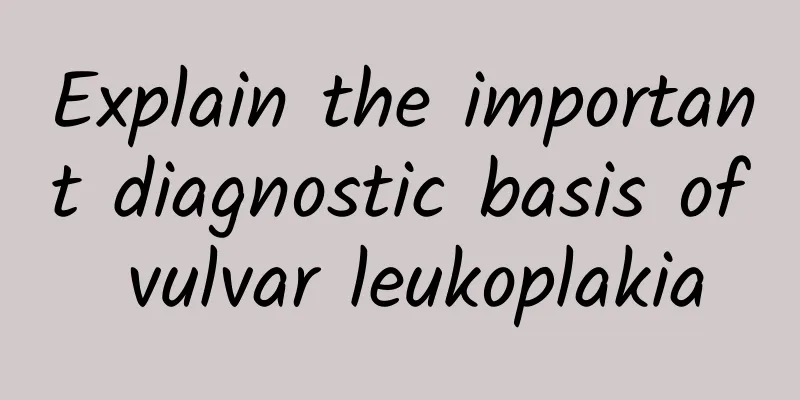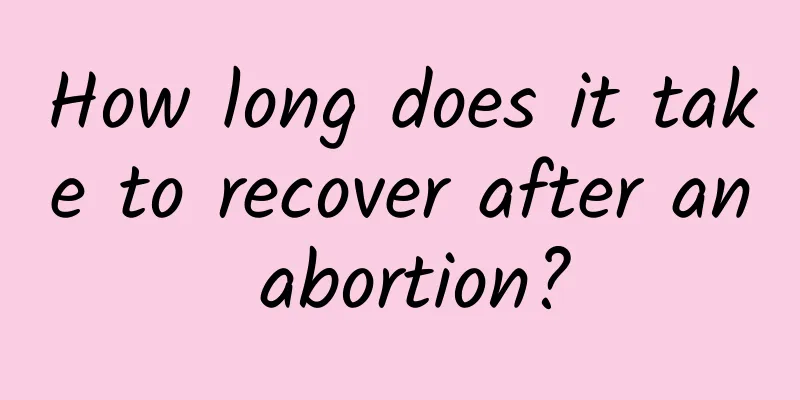Should I remove myoma or have myomectomy at the age of 50?

|
When a 50-year-old woman faces uterine fibroids, whether to choose to remove the fibroids or remove the uterus depends mainly on the size of the fibroids and personal needs. There is no absolute answer to this question, and it needs to be decided based on the specific situation. 1. Women with small fibroids and mild symptoms can choose myomectomy. Usually in this case, women may experience increased menstrual flow, prolonged menstruation, or increased vaginal discharge. Myomectomy is performed through laparoscopy or hysteroscopy, and only the fibroids are removed while the uterus is preserved. This method has less impact on the body and recovery is faster after surgery. However, regular color Doppler ultrasound examinations are required after surgery to monitor changes in the fibroids. 2. If the fibroids are large, or accompanied by irregular vaginal bleeding, bloody purulent discharge, or even anemia, fatigue, palpitations, etc., hysterectomy may be necessary. In the case of multiple fibroids or the risk of malignant transformation, hysterectomy can effectively prevent the fibroids from continuing to expand or worsen. A follow-up examination is required about 6 months after surgery to ensure that the body has returned to normal. 3. Postoperative diet is also very important. Avoid eating foods containing high levels of plant and animal estrogens, such as bird's nest, royal jelly, soy milk, etc. You can eat more foods rich in protein and dietary fiber, such as vegetables, seaweed, kelp, eggs, etc. These foods help supplement the nutrients needed by the body and promote postoperative recovery. 4. Psychological preparation and support should not be ignored. No matter which surgery is chosen, women may face psychological pressure and anxiety. Keeping in touch with family and friends and seeking help from professional psychological counseling are effective ways to reduce the psychological burden. 5. Every woman's physical condition and life needs are different. When deciding on the surgical method, it is recommended to communicate in depth with a professional doctor to understand the risks and expected effects of the surgery, and make the most suitable choice based on your own health status and life needs. Through the above points, I hope it will be helpful for 50-year-old women to make choices when facing uterine fibroids. No matter which surgery is chosen, a healthy lifestyle and a positive attitude are important guarantees for postoperative recovery. |
<<: There are several results in the vulvar leukoplakia biopsy report
>>: Can I keep my uterus if I have an 11cm uterine fibroid?
Recommend
Overcome your weight loss plateau! Supplement protein in moderation
I believe that friends who have experience in wei...
4 health care issues to pay attention to after medical abortion
Medical abortion is achieved through oral medicat...
Beware of fibroids if your menstrual period is too long
Do symptoms of uterine fibroids include prolonged...
Why does adenomyosis cause severe back pain?
Why does adenomyosis cause severe low back pain? ...
How big is the uterine fibroid in women?
How big a female uterine fibroid needs surgical t...
What medicine should elderly people take for uterine fibroids? What are the symptoms of uterine fibroids in the elderly?
What medicine should elderly people take for uter...
Detailed explanation of some common symptoms of cervicitis
The most common symptom among female friends in s...
Can coarse salt hot compress on the abdomen cure cervicitis?
Cervicitis is a common gynecological disease, so ...
Slimming and light meals are popular: low-fat and high-fiber shrimp paste
The obesity rate among modern people is rising du...
Experts analyze the causes of irregular menstruation
Irregular menstruation is one of the common disea...
Can cervical precancerous lesions kill you?
Precancerous lesions of the cervix are lesions th...
How to effectively prevent habitual abortion, these knowledge points must be kept in mind
Prevention of habitual miscarriage includes the f...
How much harm does painless abortion do to the body
Although painless abortion reduces pain, it still...
What are the methods for women to treat cervical erosion? 3 secret recipes for women to treat cervical erosion
Cervicitis and cervical erosion are both common d...
Does Wuji Baifeng Pills treat dysmenorrhea? The effect is not very good
Women have menstruation every month, and when men...









